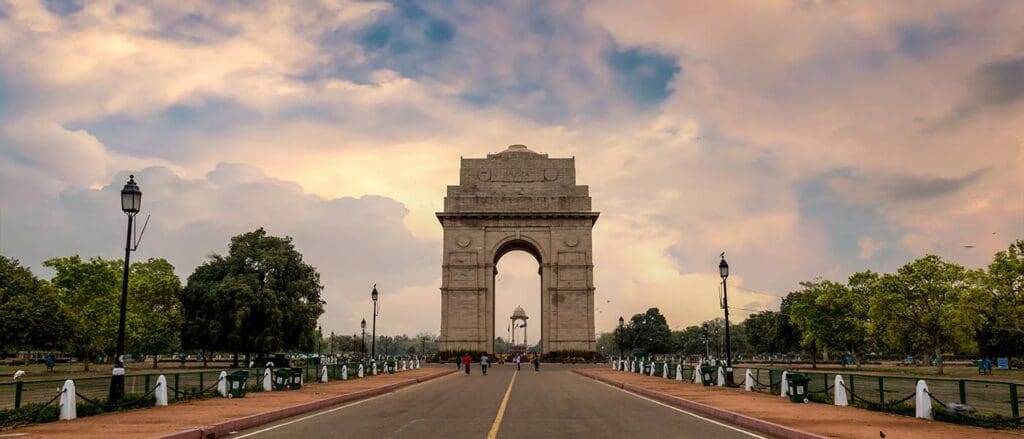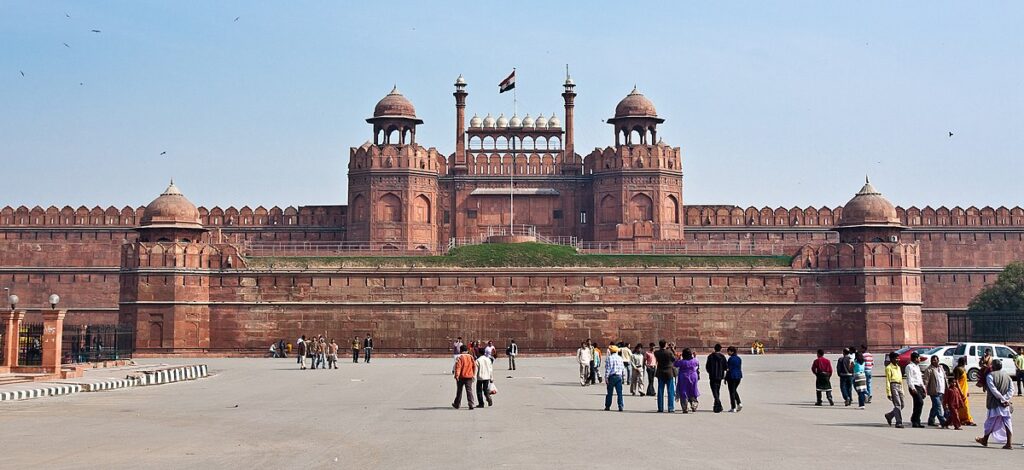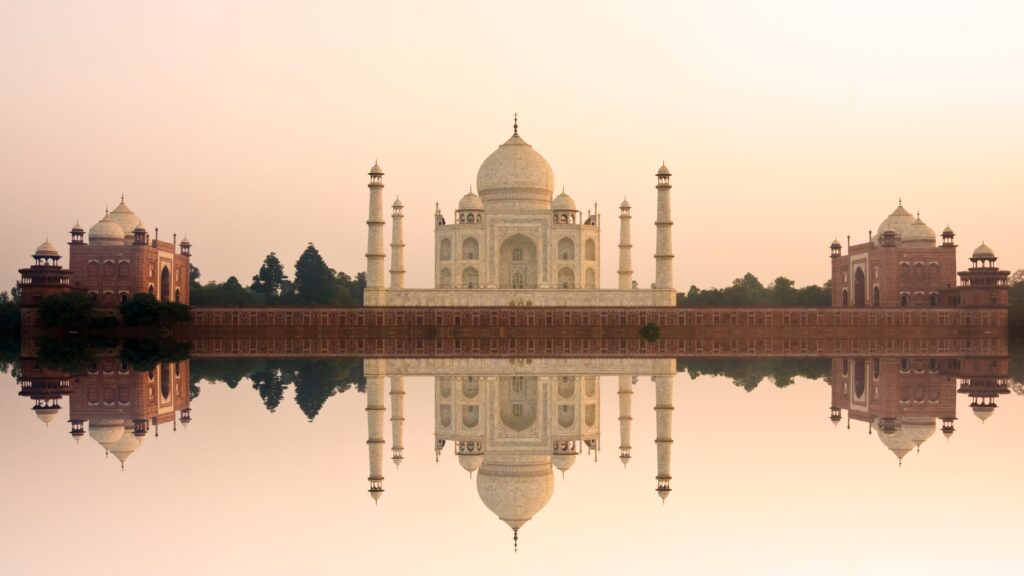India Gate is one of the most iconic landmarks in New Delhi, India. Standing tall in the heart of the capital city, India Gate is a symbol of national pride, sacrifice, and valor. The war memorial honors the soldiers who lost their lives during World War I and the Third Anglo-Afghan War. It also serves as a reminder of India’s rich history and the sacrifices made for the country’s freedom. At Sahani Tour and Travels, we provide reliable and convenient cab services to ensure a smooth and comfortable journey for our customers.
Lal Qila, commonly known as the Red Fort, is one of the most iconic and historically significant landmarks in Delhi, India. A symbol of India’s glorious Mughal heritage, the fort is a magnificent structure that stands as a testimony to the grandeur of the Mughal Empire. It served as the main residence of the Mughal emperors for nearly 200 years, from the time of Shah Jahan in 1638 until the British colonial era in 1857. As a national symbol of India’s freedom struggle and Mughal history, the Red Fort remains an enduring symbol of strength, pride, and historical legacy. At Sahani Tour and Travels, we provide reliable and convenient cab services to ensure a smooth and comfortable journey for our customers.
The Lotus Temple, located in New Delhi, India, is one of the most iconic and widely recognized religious structures in the world. Worship is a symbol of universal peace, unity, and the harmony of all religions all religions are expressions of the same spiritual truth and that humanity should embrace unity, love, and tolerance. The Lotus Temple is a masterpiece of modern architecture and a powerful symbol of the Bahá’í faith’s central teachings of unity, peace, and love. Whether you’re drawn by its striking beauty, its spiritual significance, or its welcoming atmosphere, the temple offers a peaceful retreat in the heart of Delhi. At Sahani Tour and Travels, we provide reliable and convenient cab services to ensure a smooth and comfortable journey for our customers.
Qutub Minar, located in the southern part of Delhi, India, is one of the tallest brick minarets in the world and a UNESCO World Heritage Site. Standing at a height of 72.5 meters (237.8 feet), this towering structure is an exquisite example of Indo-Islamic Afghan architecture. It is a symbol of the rise of Muslim rule in India and is an important historical monument that offers insights into the cultural and architectural developments of the Delhi Sultanate. In 1993, the Qutub Minar and its surrounding complex were declared a UNESCO World Heritage Site. t Sahani Tour and Travels, we provide reliable and convenient cab services to ensure a smooth and comfortable journey for our customers.
Humayun was the second ruler of the Mughal Empire and the son of Babur, the founder of the Mughal dynasty. Humayun had a turbulent reign, marked by internal conflicts and the loss of his kingdom, but he later regained power in 1555 after being exiled. He died in 1556 from a fall down the stairs of his library. His tomb was built by his wife Bega Begum , in recognition of his legacy and to commemorate his reign. In 1993, Humayun’s Tomb was designated a UNESCO World Heritage Site for its architectural importance and influence on Mughal architecture. It was one of the first Mughal gardens to be built in India and served as a model for later tombs, most notably the Taj Mahal. At Sahani Tour and Travels, we provide reliable and convenient cab services to ensure a smooth and comfortable journey for our customers.






